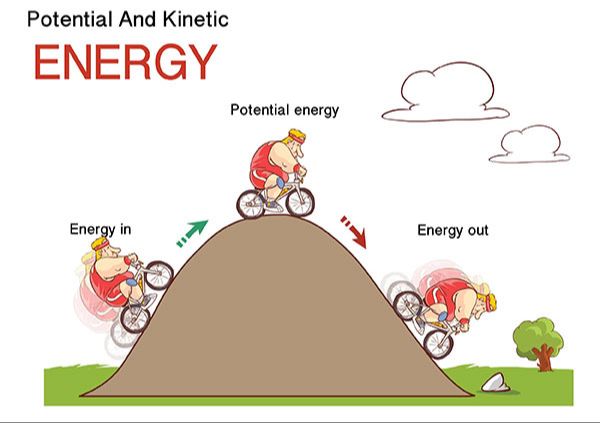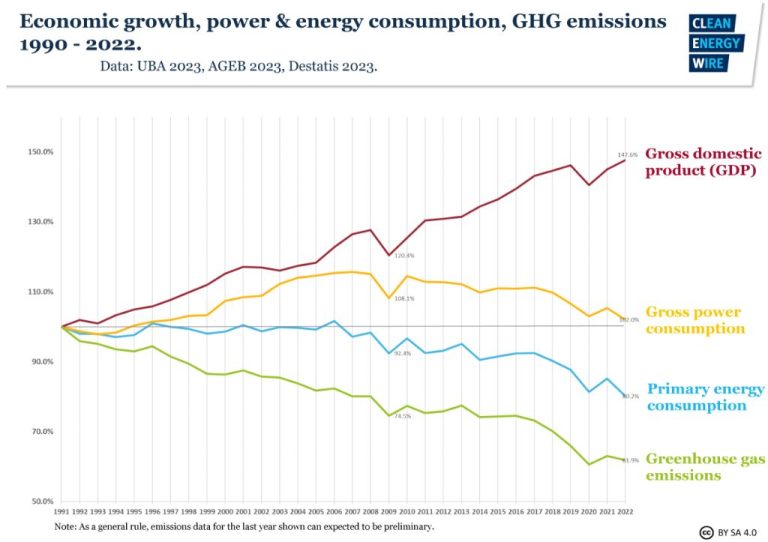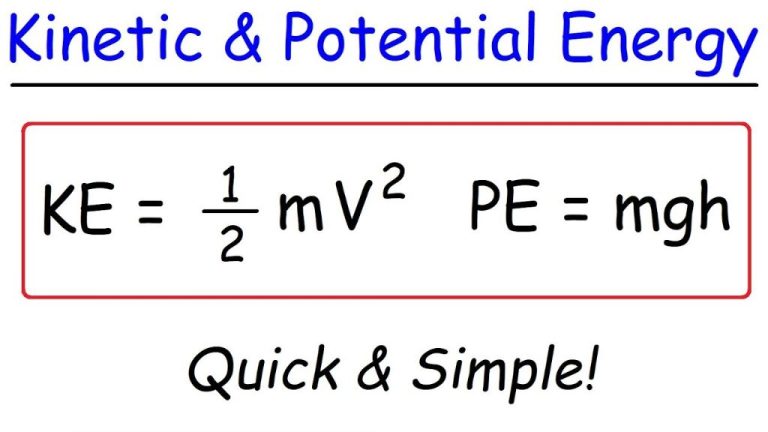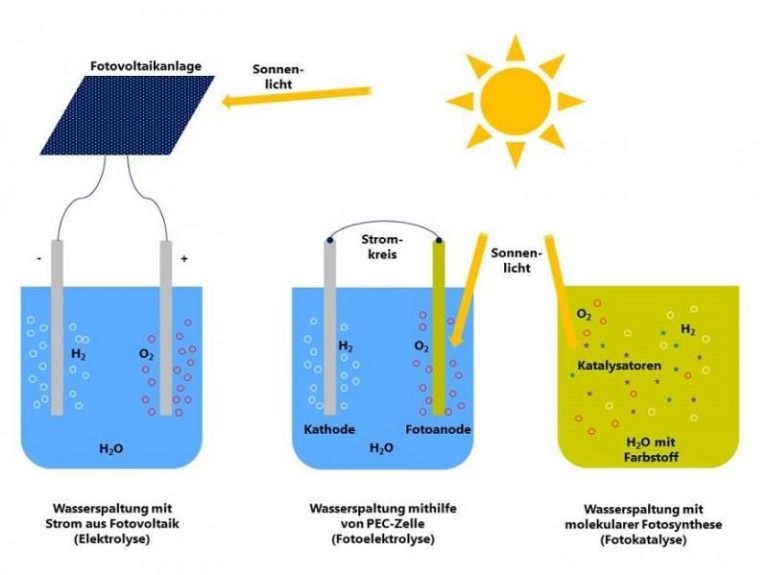What Is Electricity In 50 Words?
What is Electricity?
Electricity is the movement of electrons, which are tiny negatively charged particles found in atoms. It is a form of energy that can build up in one place or flow from one place to another. Although we can’t see electricity flowing, we experience it every day when we use anything powered by batteries or plugged into an outlet. Electricity powers machines, lights, and electronics that make our modern life possible.
Electric Charge
Electric charge is a fundamental property of matter that causes particles to interact. It comes in two types: positive and negative. Atoms contain equal amounts of positive and negative charge, making them electrically neutral overall. However, the charges can become separated, creating an electric force between them. Positively charged particles, called protons, contain more protons than electrons and have a net positive charge. Negatively charged particles, called electrons, contain more electrons than protons and have a net negative charge. Opposite charges attract while like charges repel. These interactions form the basis of electricity and electrical phenomena.
Electric Current
Electric current is the flow of electric charge carriers, usually electrons. It refers to the flow of charges through a conductive path like a wire or other material. Electric current flows when there is a difference in electric potential energy between two points, which causes charges to flow from the higher potential to the lower potential. The greater the difference in potential, the greater the electric current. Electric current flows in closed loops called electric circuits and is measured in amperes. It enables electricity to perform useful work such as powering appliances and electronics.
The magnitude of the electric current depends on the amount of charge flowing per unit time. Materials like metals allow electric charges to flow freely and are called conductors. Insulators like plastic do not easily allow flow of electric charges. Electric current flows when the circuit is closed, allowing charges to continuously move through the conductors.
Electric Circuit
An electric circuit is a closed path through which electric current can flow. It is composed of wires and electrical components like resistors, inductors, capacitors, switches, and sources of electric energy like batteries or generators. For a circuit to work, it must be a complete, unbroken loop with no gaps.
A simple circuit consists of three main elements: a source of voltage like a battery, a path for current flow like wires, and a load like a light bulb. The source provides electrical energy, pushing electrons through the wires towards the load. As electrons move through the load, they generate light, heat, sound or other effects. The circuit is completed as electrons flow back to the negative side of the source. This flow of electrons in a loop is called electric current.
Opening a switch breaks the circuit, stopping the flow of electrons. Closing it completes the loop again so current can travel. Circuits allow the controlled delivery of electricity to produce useful effects in our homes, appliances and gadgets. Understanding circuits is key to utilizing electricity.
Conductors and Insulators
Conductors are materials that allow electricity to flow through them easily. Metals like copper, aluminum and steel are good electrical conductors. Electric current can flow freely through these metals.
Insulators are materials that electricity cannot flow through easily. Examples of good insulators are plastic, rubber, glass and wood. These materials have very high resistance to electric current.
Conductors allow electricity to flow because they have large numbers of free electrons that can move when voltage is applied. Insulators do not have free electrons that can move easily, so they resist the flow of electricity.
Understanding conductors and insulators is important for designing safe and effective electrical systems. Conductors are used for wires and other components that need to transmit electricity. Insulators are used to protect against electric shock and prevent short circuits.
Electrical Energy
Electrical energy is the energy derived from the movement of charged particles, such as electrons. It is a form of energy that can be generated through various means and has many practical uses in our everyday lives.
When charges flow through an electrical circuit, they produce electrical energy. The most common source of electrical energy is the flow of electrons through a conductor. Electricity generation involves inducing motion in these electrons. For example, in hydroelectric power plants, the kinetic energy of falling water rotates turbines which spin magnets inside coils of wire, moving the electrons inside them and creating electricity.
Electrical energy powers countless devices and systems around us. It enables modern technology, industry, infrastructure, and more. Understanding electrical energy is key to harnessing this versatile energy source for human needs.
Measuring Electricity
Electricity is measured in several different units. Some key units used to measure electricity are:
– Volts (V) – measures electrical pressure or force.
– Amperes (A) or Amps – measures electrical current or flow rate of electrons.
– Watts (W) – measures electrical power, or the rate at which electricity is consumed.
– Kilowatt-hours (kWh) – a unit of energy representing the amount of electricity consumed over time.
– Ohms – a unit of electrical resistance that limits or opposes current flow.
Understanding these units allows us to quantify electricity and electrical phenomena. Devices like voltmeters, ammeters, and ohmmeters use these units to take measurements and monitor electrical systems.
Generating Electricity
Electricity is generated through various means by converting other forms of energy into electrical energy. The most common ways to generate electricity are:
- Fossil fuel power plants burn coal, oil or natural gas to produce high pressure steam that spins a turbine connected to a generator that converts the mechanical energy into electrical energy.
- Nuclear power plants use nuclear fission reactions to heat water into steam that drives a turbine generator.
- Hydropower plants use the energy of flowing or falling water to spin a turbine connected to a generator.
- Wind turbines use the wind to turn blades that spin a generator to produce electricity.
- Solar cells convert sunlight directly into electricity using the photovoltaic effect.
- Geothermal power plants use steam from hot underground reservoirs to drive a turbine generator.
These and a few other methods are used to meet the world’s constant demand for electric power.
Transmitting Electricity
Electricity is transmitted from the power plants where it is generated to homes, businesses, and other end users through a complex network called the power grid. This consists of high-voltage transmission lines that carry electricity long distances, substations that step down power to lower voltages, and distribution lines that deliver electricity to individual customers.
Electricity is generated at power plants at a high voltage, typically 155,000 to 765,000 volts. This high voltage enables the power to travel long distances with less loss of energy. The transmission lines are supported by large metal towers and consist of bundles of wires suspended from insulators.
Substations contain transformers that decrease voltage for distribution on local lines. Voltage is stepped down to between 4,000 and 34,500 volts for distribution to neighborhoods. Finally, a transformer outside the customer’s premises reduces the voltage again for indoor use at standard 120 and 240 volts.
Uses of Electricity
Electricity powers many vital aspects of modern day life. A few notable uses of electricity are:
Residential use to power homes. Electricity provides light, heating/cooling, appliances, etc for households. Homes rely on electricity for nearly everything from simple lighting to powering high-tech devices.
Industrial use in manufacturing. Factories and industrial facilities use massive amounts of electricity to produce goods and operate heavy machinery and equipment.
Transport to move people and commerce. Electricity enables trains, streetcars, and public transportation to operate. It also powers electric vehicles.






